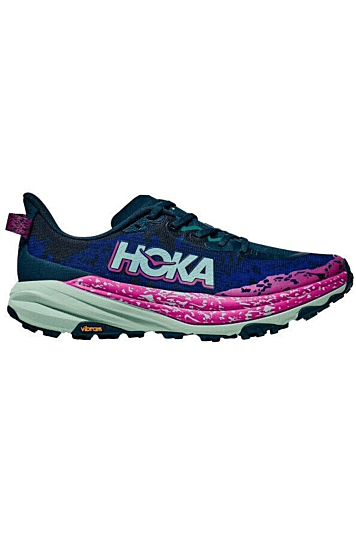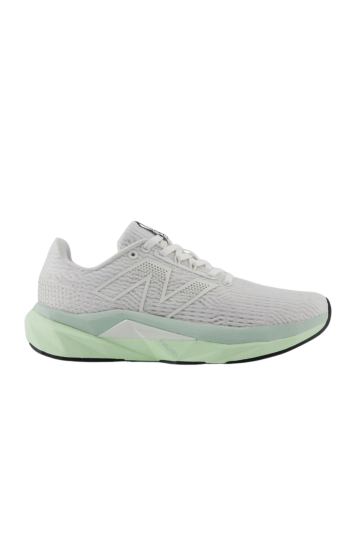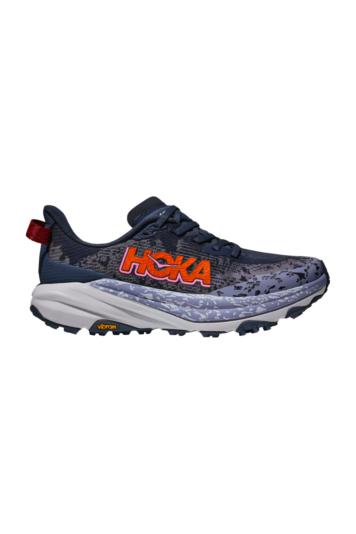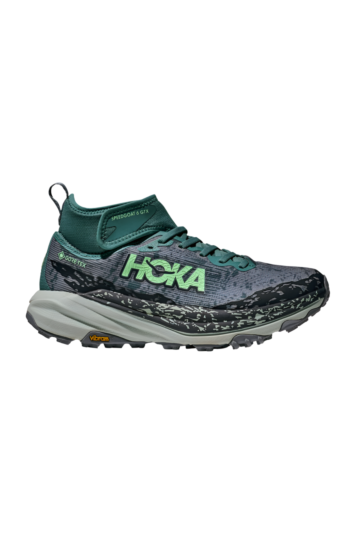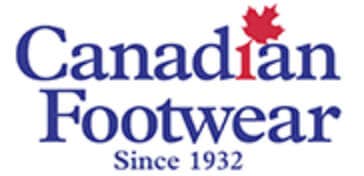Lace Up, Take Off: Running Culture's Big Moment
-
Erica E.
- We Fit You
- Apr 10, 2025
- 103views

Thanks to the pandemic, running went from a casual hobby to a full-blown fitness craze. Whether you're a newbie or a seasoned runner, it's clear: everyone’s hitting the pavement (or treadmill, or trails) these days. But here’s the thing—your shoes can make or break your run. We want to help you find the perfect pair for whatever terrain you’re tackling, so you can run in comfort, style, and without the risk of injury. Let’s lace up and get started!
First off, it's kind of wild how suddently everyone's a runner, right? There are a few things happening all at once that make run clubs and marathons the thing lately:
1. Running = Therapy (and Community)
Post-pandemic, a lot of people realized they needed something more consistent and grounding. Running is free(ish), solo and social, and it helps clear your head. Run clubs are like the new happy hour—except you leave feeling better, not hungover.
2. Social Media Flex Culture
Marathons are the new status symbol. Posting your training journey, Strava stats, medal selfies? It's peak wholesome clout. You’re not just fit—you’ve got discipline and goals.
3. Wellness Trend Explosion
We’re deep in the era of greens powders, cold plunges, and "longevity" obsession. Running hits all the right notes: cardiovascular health, mental clarity, and it feeds into that whole optimization mindset.
4. Influencers & Celebs
Celebs like Kevin Hart, Ellie Goulding, or even TikTokers training for marathons make it look like the new cool club. And let’s be real—if your fave internet person is lacing up at 6am, you're probably at least thinking about it.
5. It’s More Accessible Than Ever
Apps like Strava (join our running or walking club!) and Couch to 5K make it way less intimidating to start. Combine that with free or low-cost run clubs in most cities? Boom—barriers = down.

Then comes the big question. Which shoes do I wear?
The “right” running shoes can seriously change the game—no blisters, no weird knee pain, just ✨vibes✨ and smooth strides.
But the best pair totally depends on your feet, running style, and goals. Here’s a breakdown to help you figure it out:
First: Know Your Foot Type
Do you know your arch type or if you pronate (roll inward) when you run?
Neutral feet: You have a natural stride → go for neutral cushioned shoes.
Overpronation (rolling in): You might need stability shoes with support to prevent inward rolling.
Flat feet or low arches: You probably want motion control or stability shoes.
High arches: Look for cushioning and flexibility.
You can do the wet foot test at home (literally just wet your foot and step on paper to see the shape of your arch), or get a quick gait analysis at one of our retail stores. Totally worth it!
Then: Your Running Style/Goals
| Goal | Shoe Type | Examples |
|---|---|---|
| Casual 5Ks or easy runs | Neutral cushioned | HOKA Clifton, New Balance 880, Saucony Cohesion |
| Long-distance / Marathon training | Max cushioned | HOKA Bondi, New Balance 1080, Saucony Triumph |
| Speedwork / Racing | Lightweight & responsive | Saucony Endorphin Speed, New Balance FuelCell Rebel, New Balance FuelCell Supercomp, HOKA Mach |
| Trail running | Trail shoes with grip | HOKA Speedgoat, New Balance Hierro, New Balance Tektrel, Saucony Excursion |

The Importance of Proper Footwear
As more individuals join the running community, selecting appropriate footwear becomes crucial to prevent injuries and enhance performance. The choice of running shoe largely depends on the primary running surface: treadmill, road, or trail.
Treadmill Running vs. Road Running vs. Trail Running
Treadmill Running: Typically performed indoors, treadmill running offers a controlled environment with a consistent surface. Cushioned belts reduce impact, making it gentler on joints.
Road Running: Conducted on paved surfaces like streets and sidewalks, road running demands shoes with adequate cushioning to absorb repetitive impacts. Features like breathable uppers and responsive midsoles enhance comfort and performance.
Trail Running: Taking place on natural terrains such as dirt paths, trails, and uneven landscapes, trail running requires footwear with specific features:
Enhanced Traction: Deep, lugged outsoles provide grip on slippery or loose surfaces.
Foot Protection: Reinforced uppers shield against rocks, roots, and debris, while features like rock plates protect the feet from sharp objects.
Support and Stability: Stiffer midsoles prevent excessive foot rotation, crucial for uneven terrains.
Cushioning vs. Support: Finding the Right Balance
The optimal balance between cushioning and support varies based on individual needs and running styles:
Cushioning: Ideal for runners seeking impact absorption, especially on hard surfaces like roads and treadmills. However, excessive cushioning may reduce ground feel, which is vital for trail runners navigating uneven terrains.
Support: Beneficial for runners requiring stability, particularly those with overpronation or specific gait concerns. Trail running shoes often offer more support with stiffer midsoles built for rugged trails.
We know this can feel like a lot of information, and we LOVE to nerd out when it comes to athletic shoes! But if this is all too confusing, feel free to send us your questions, and we are more than happy to help you out. Whether it is helping you find the right shoe, or general questions about running (or walking!), we are eager to chat!
Related Posts







